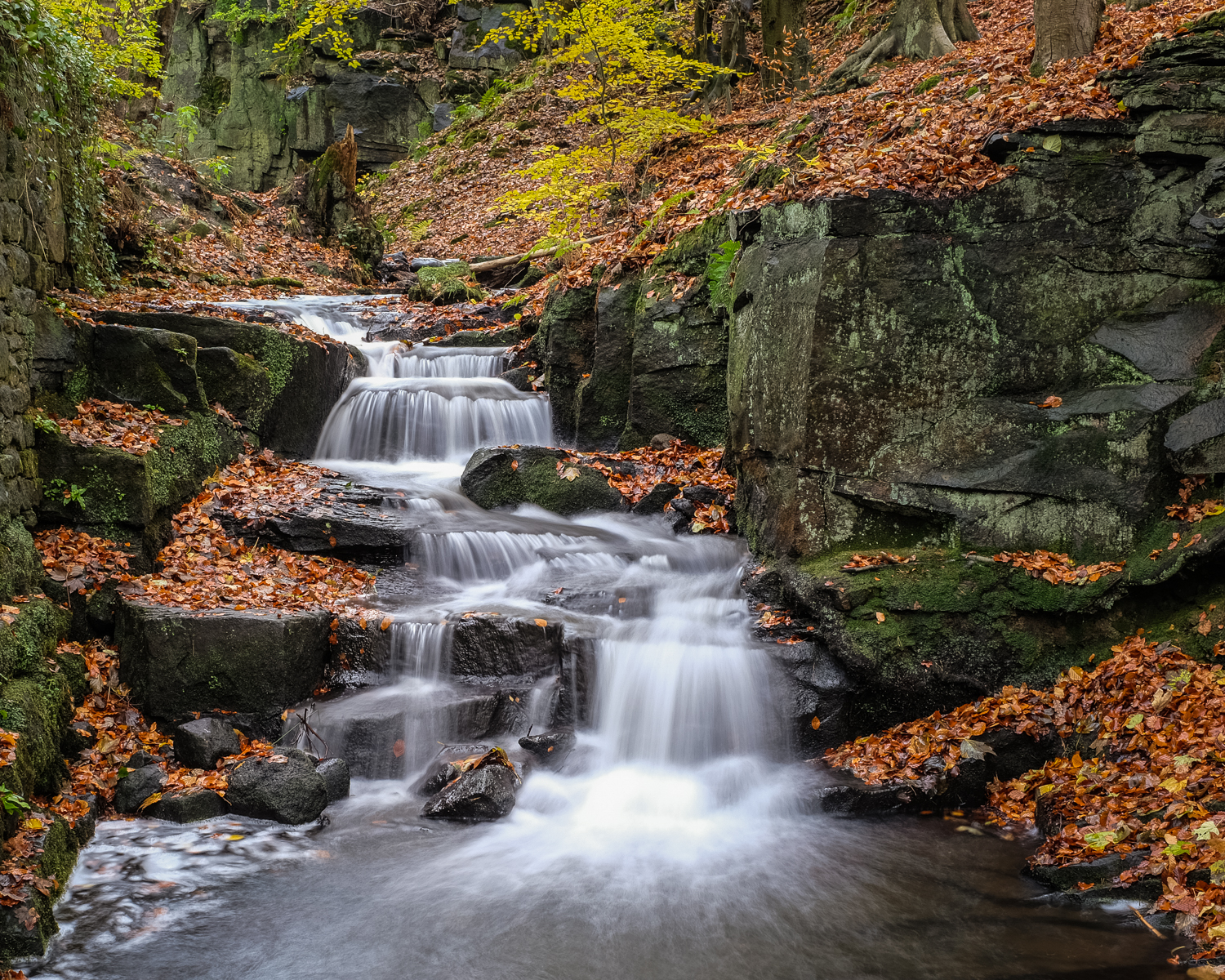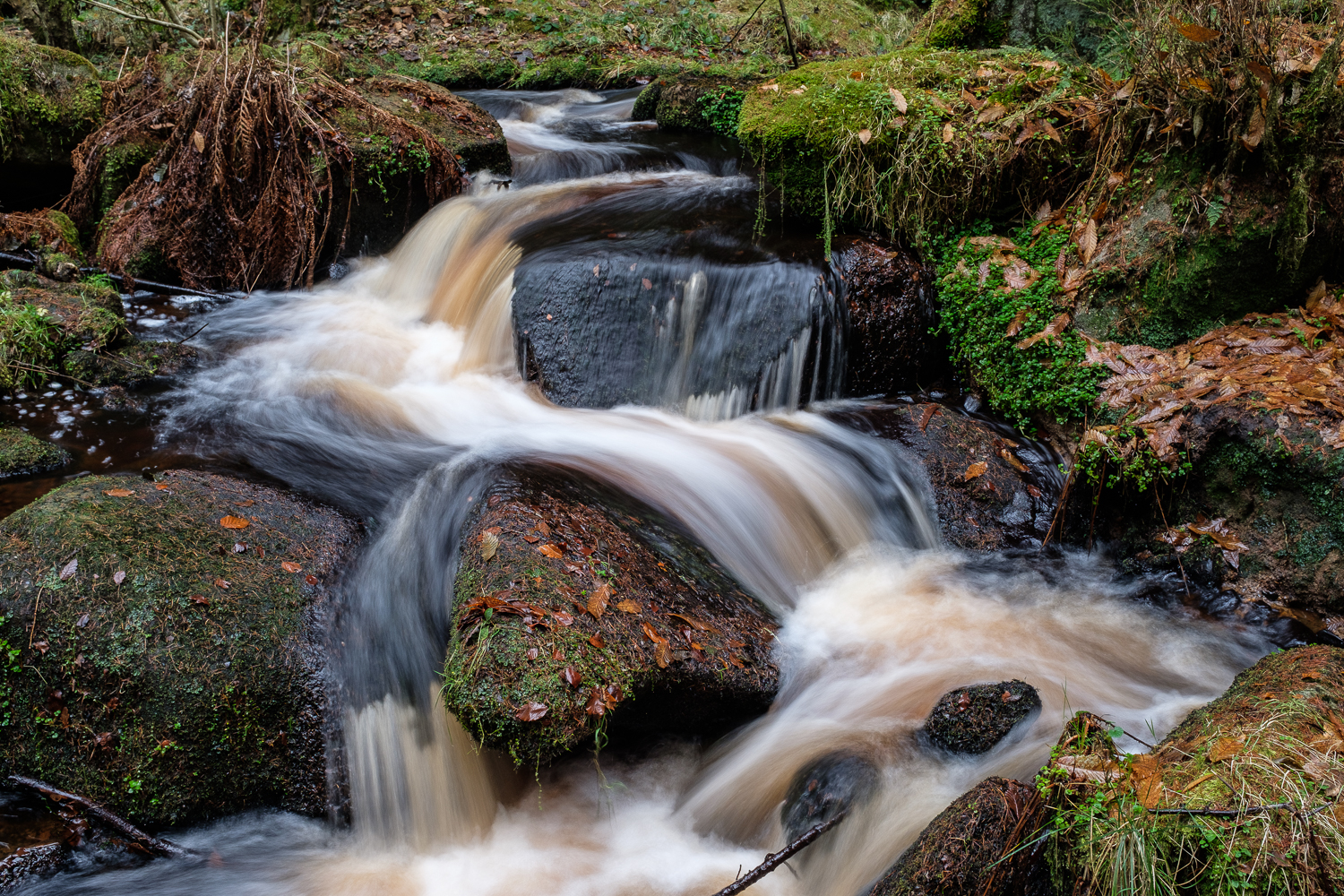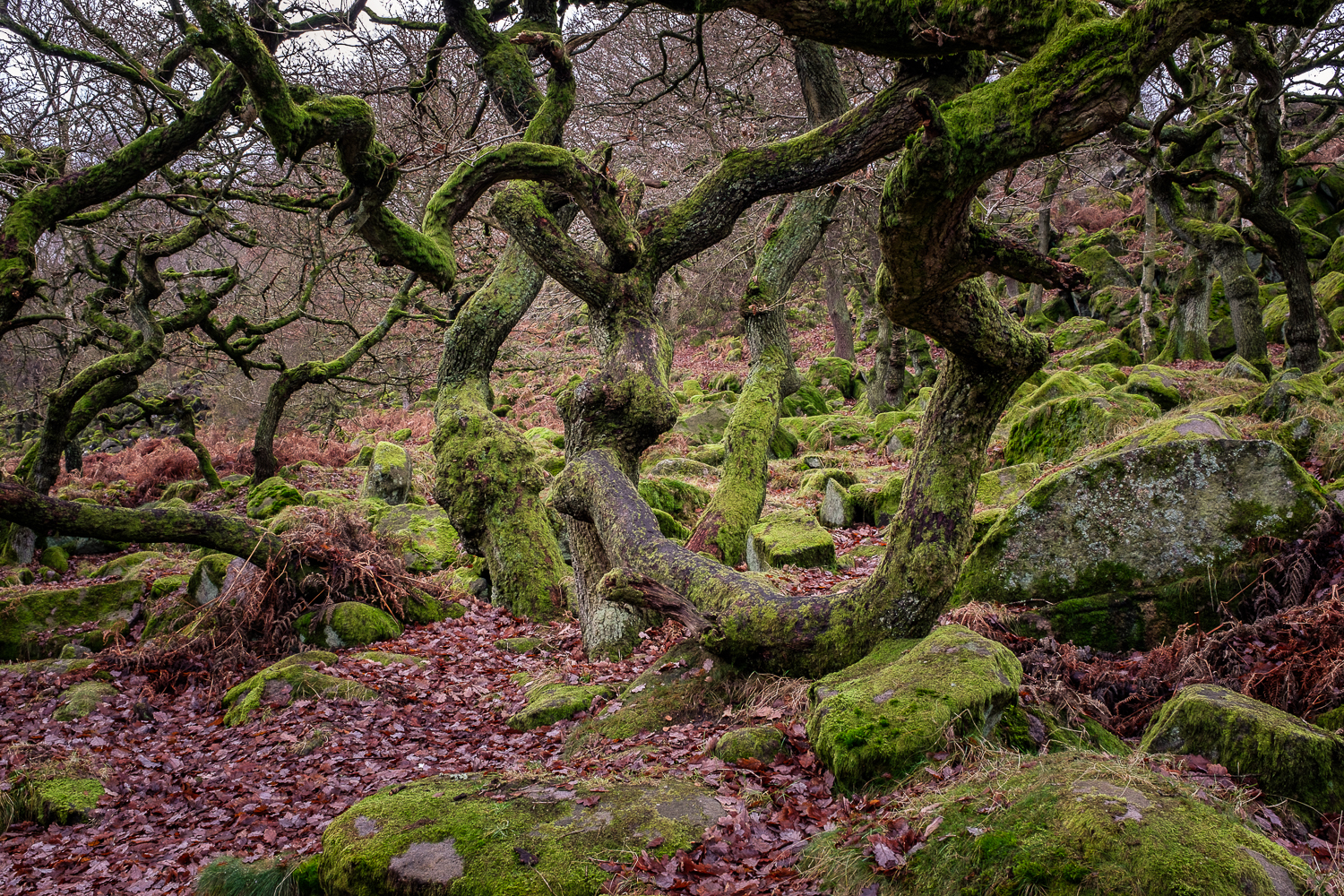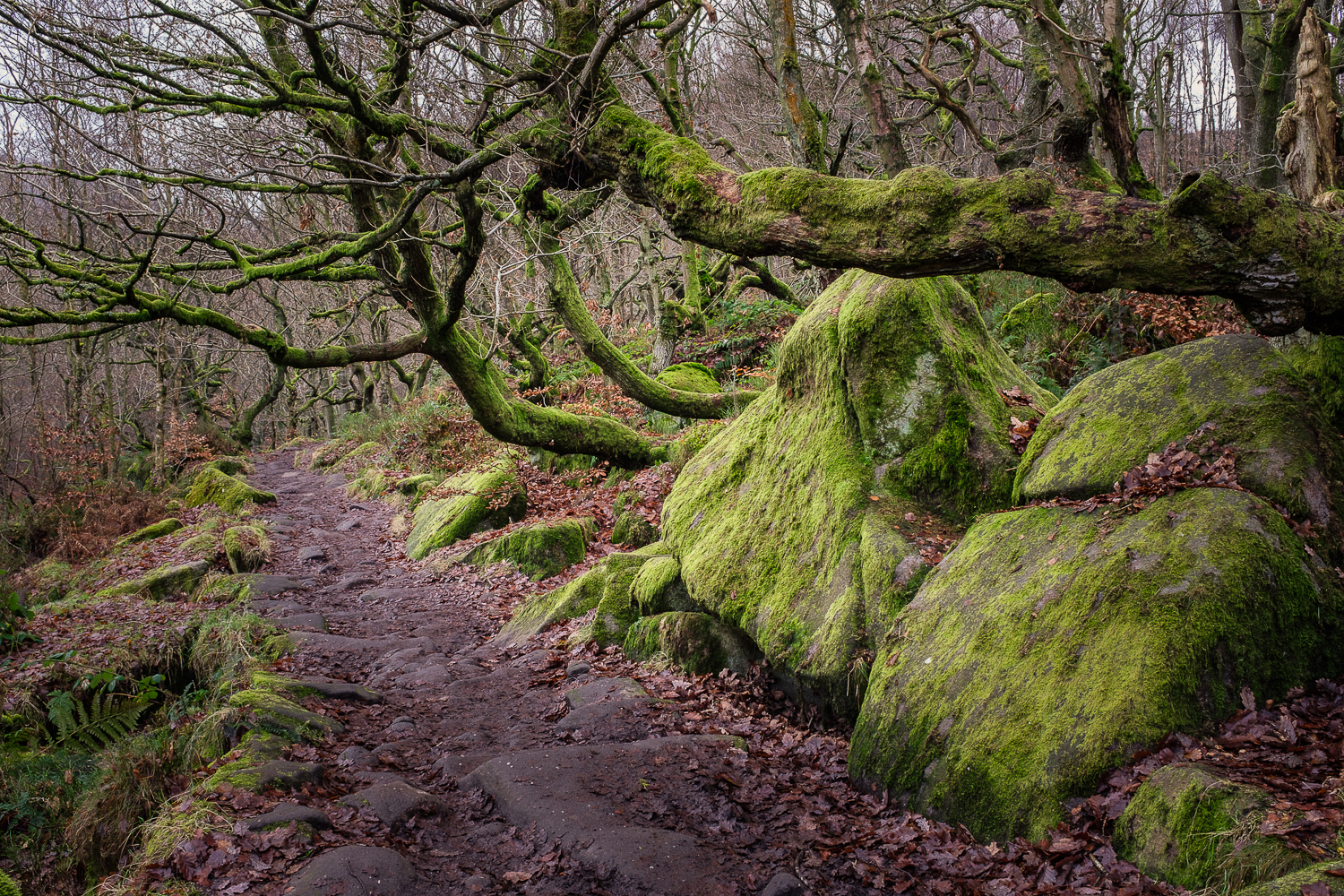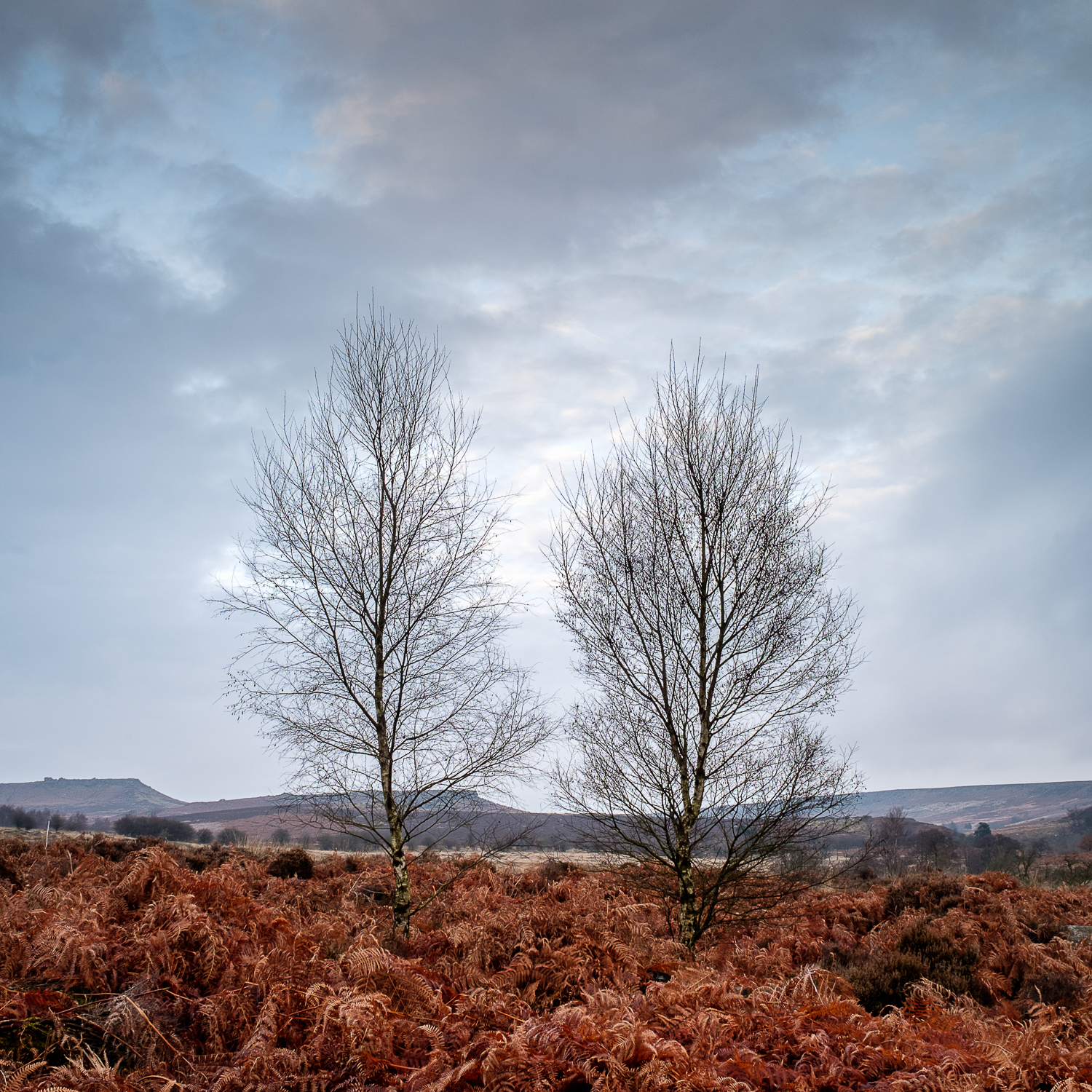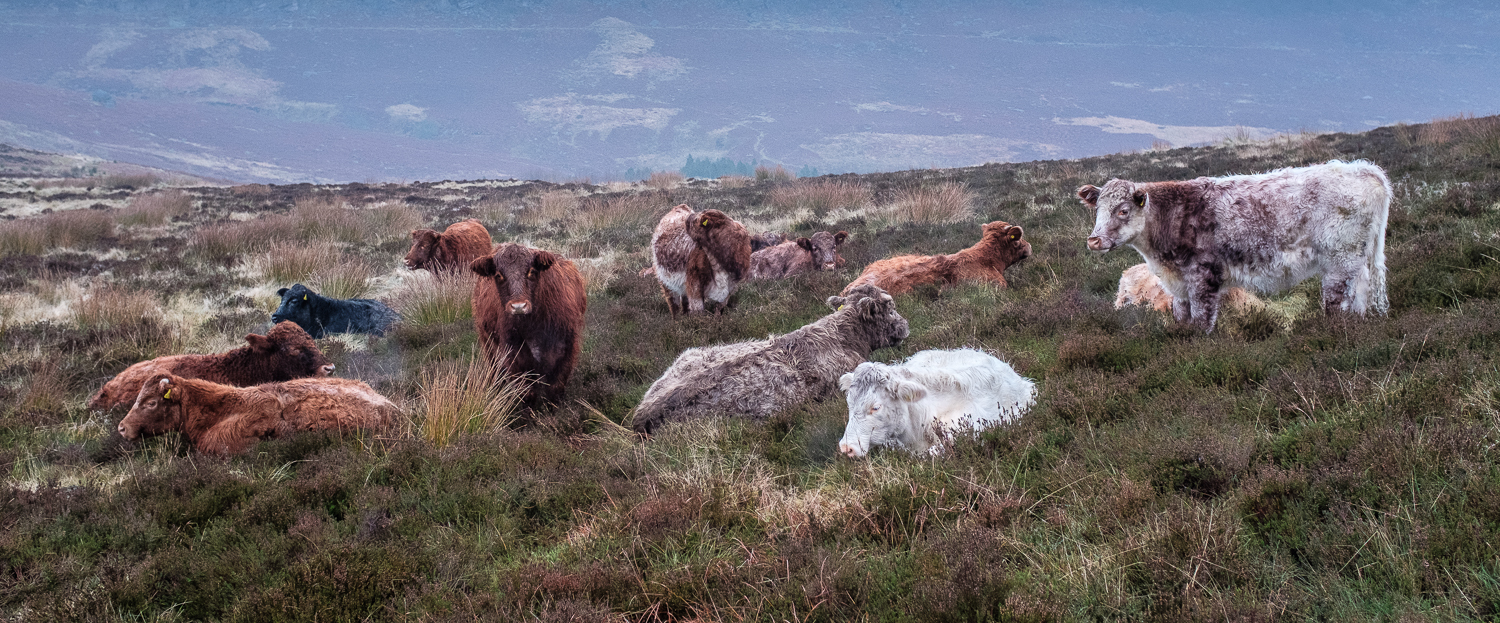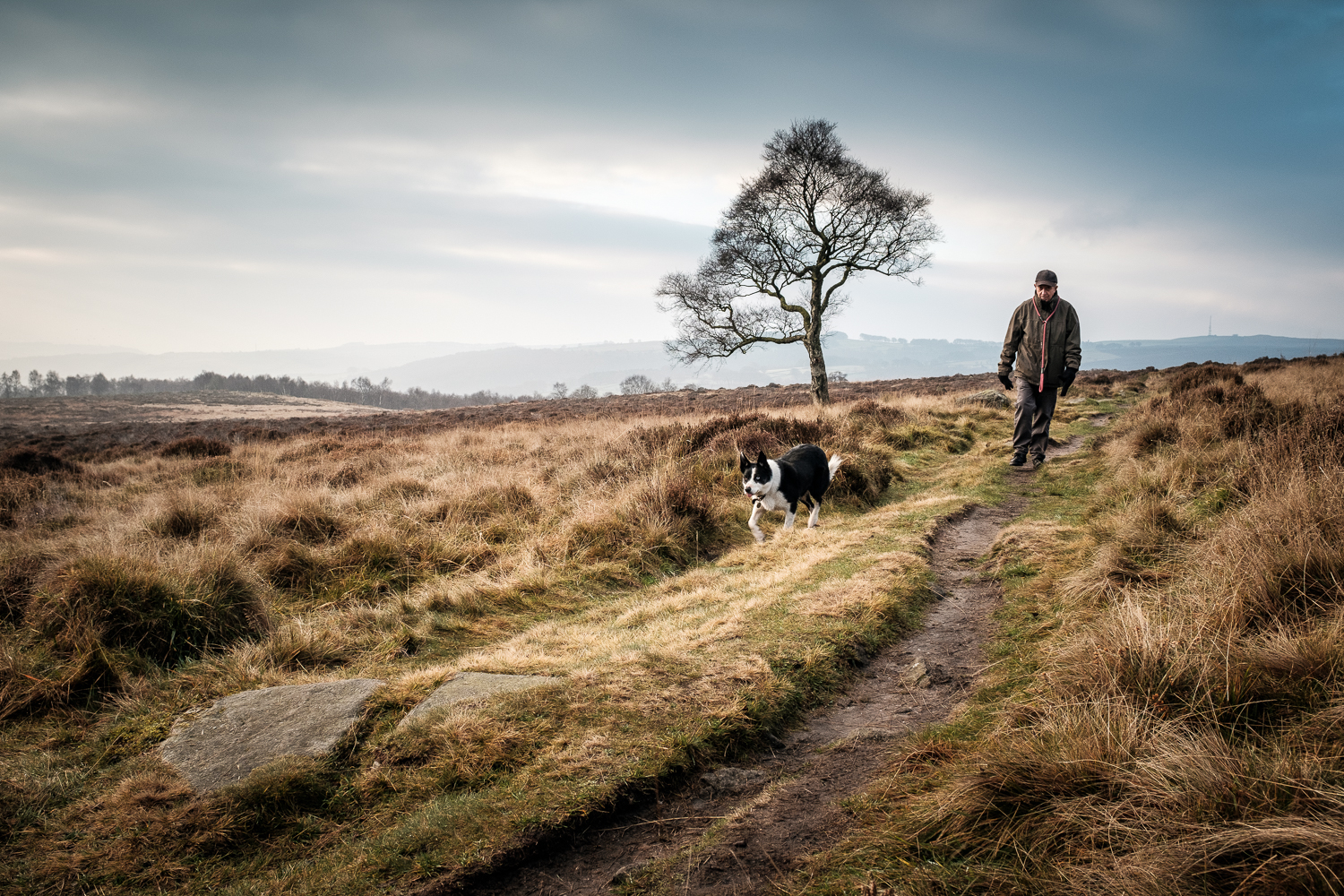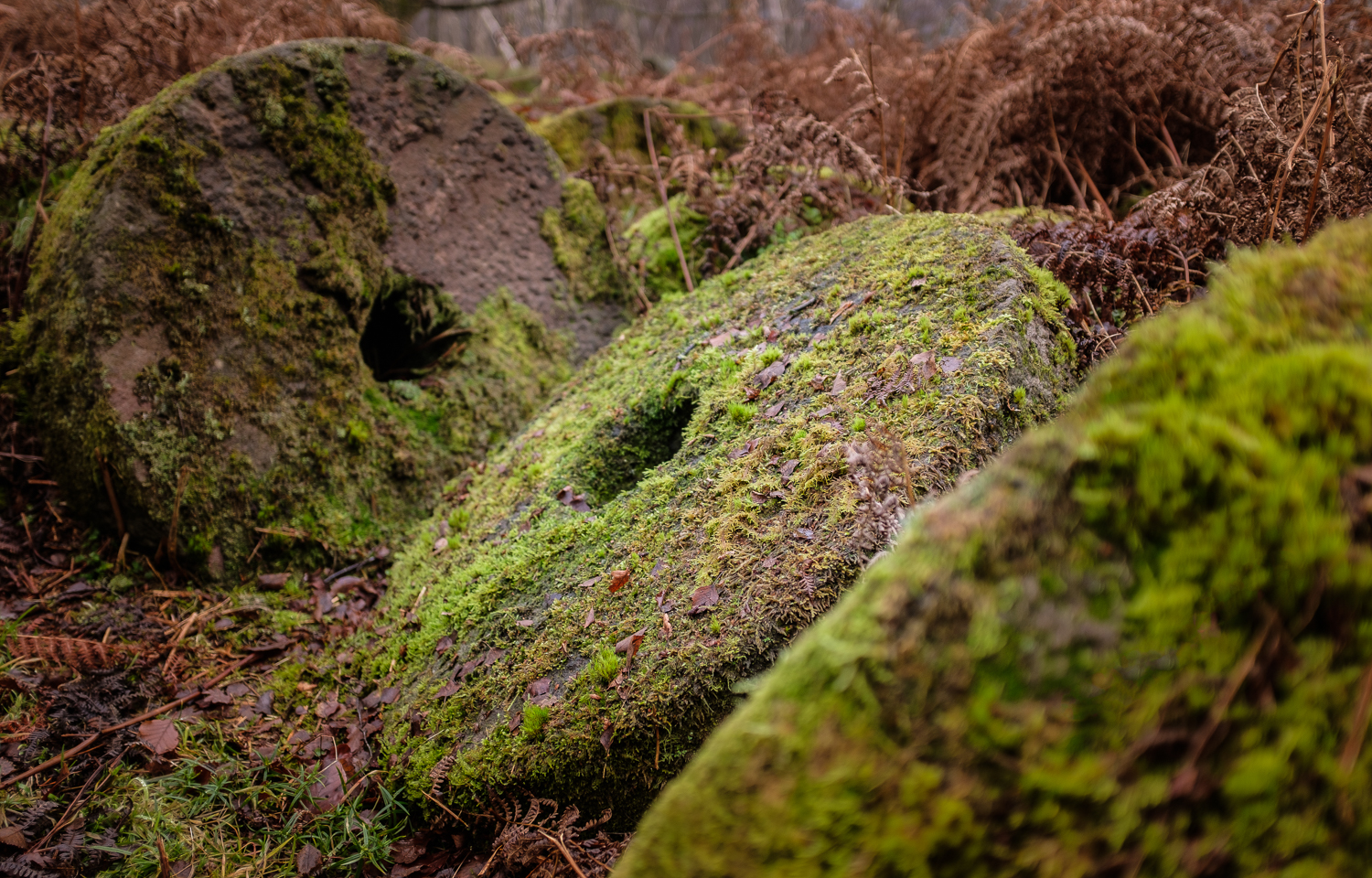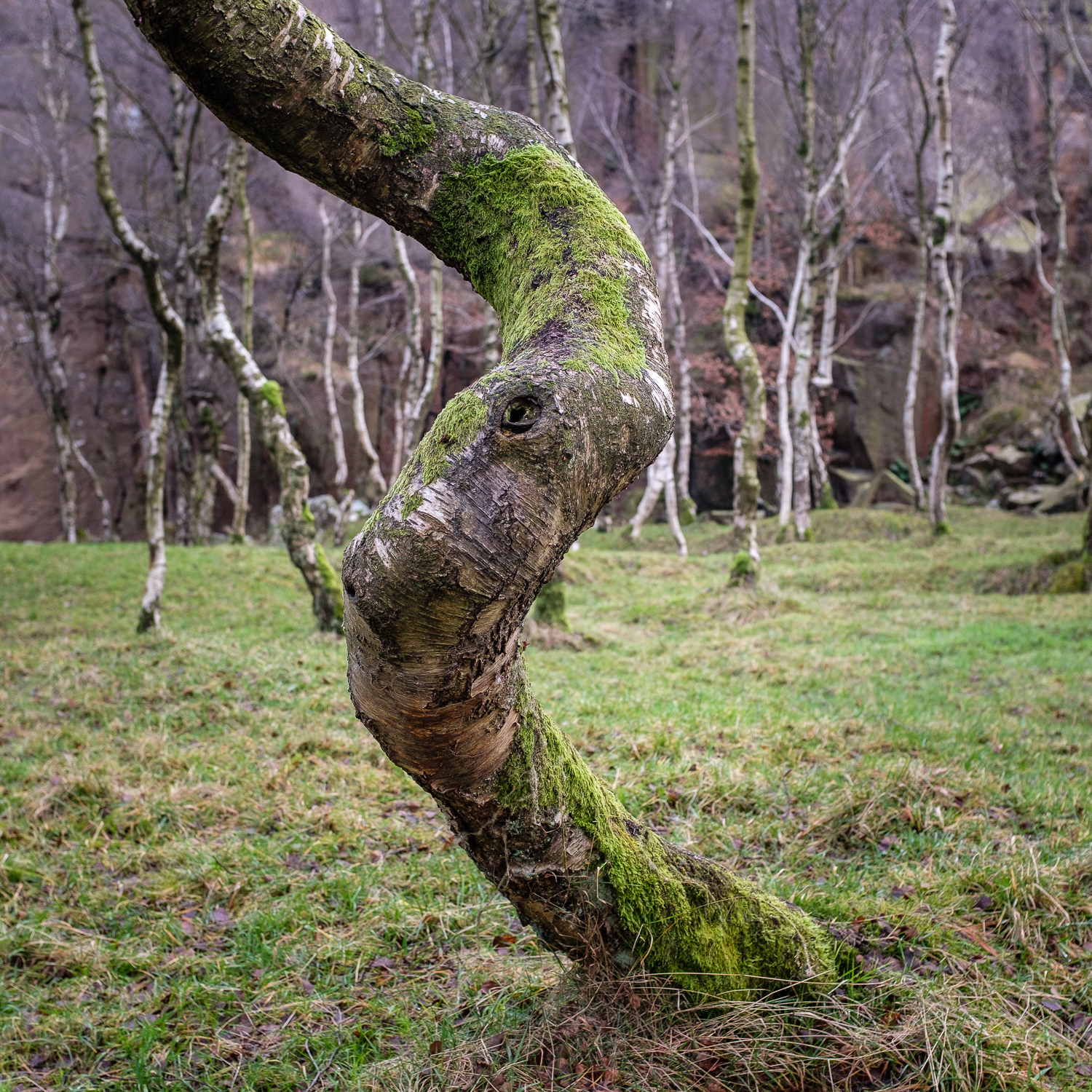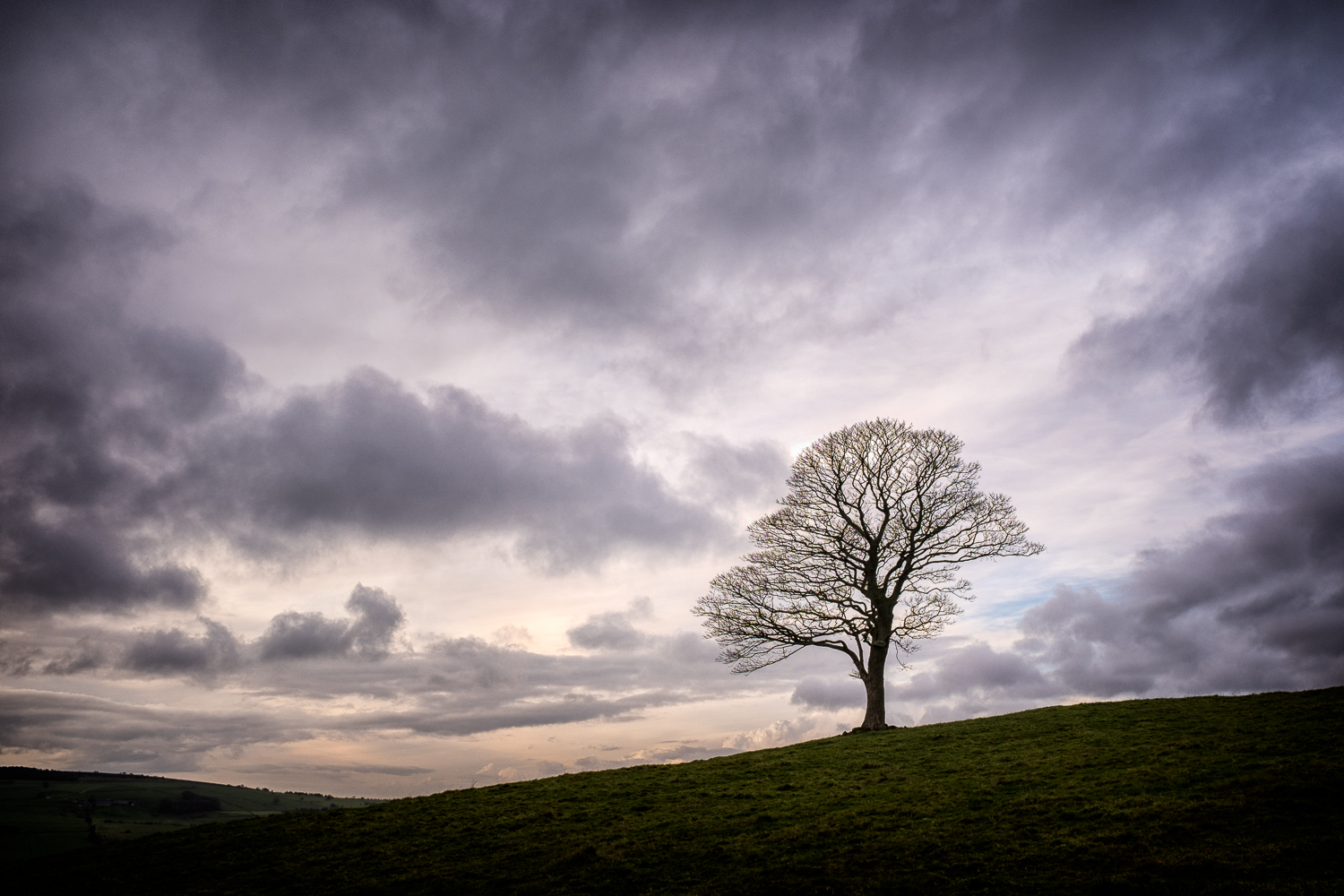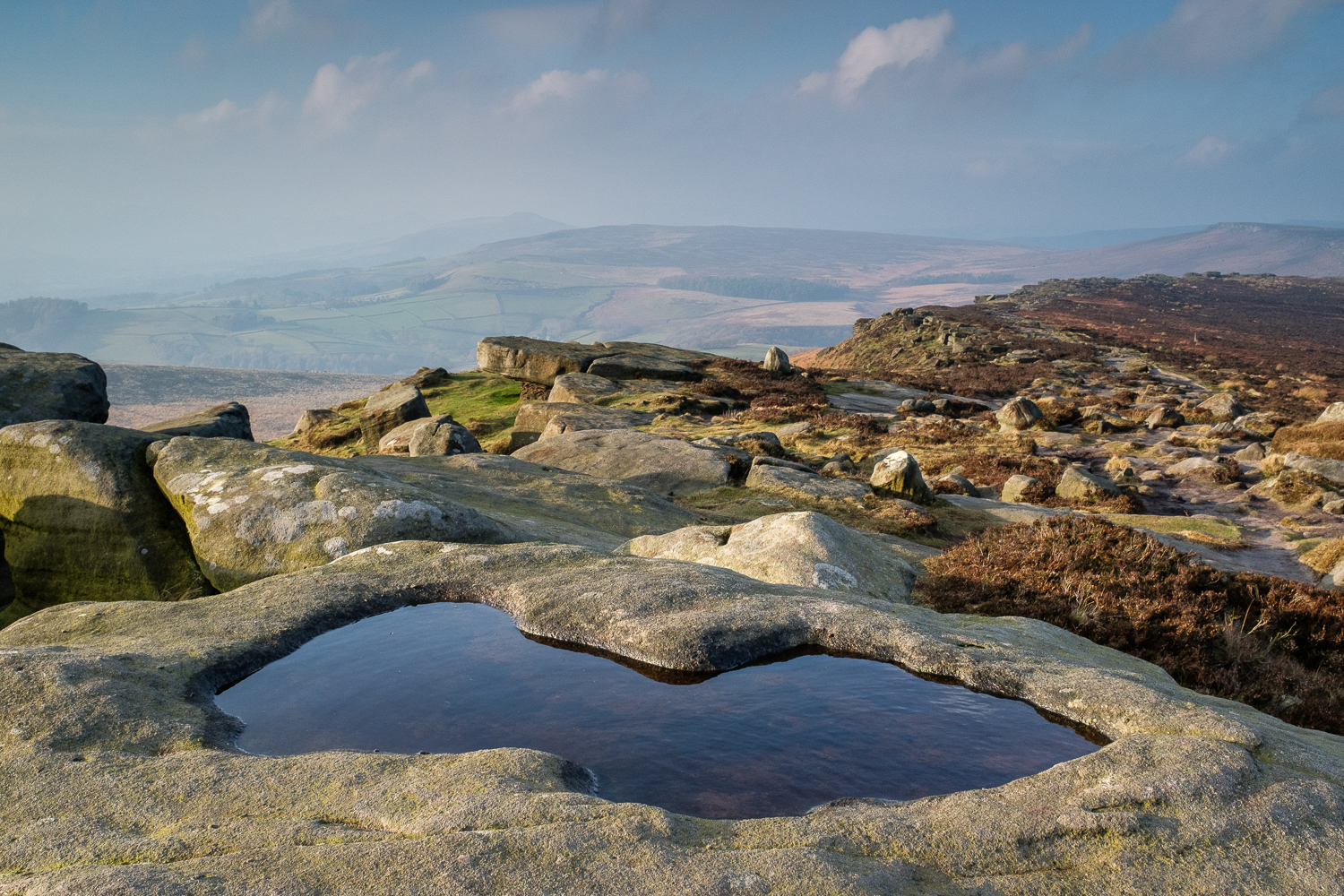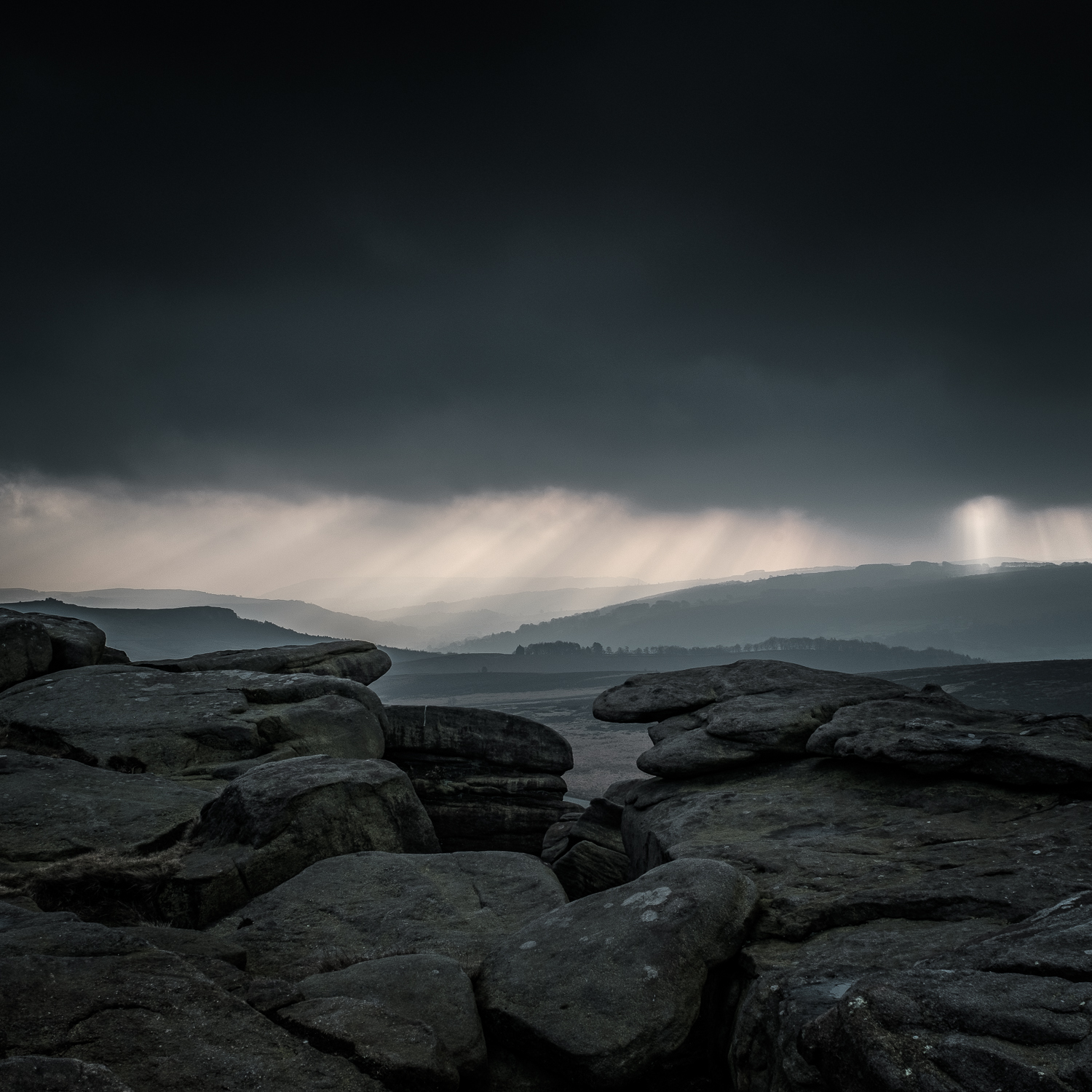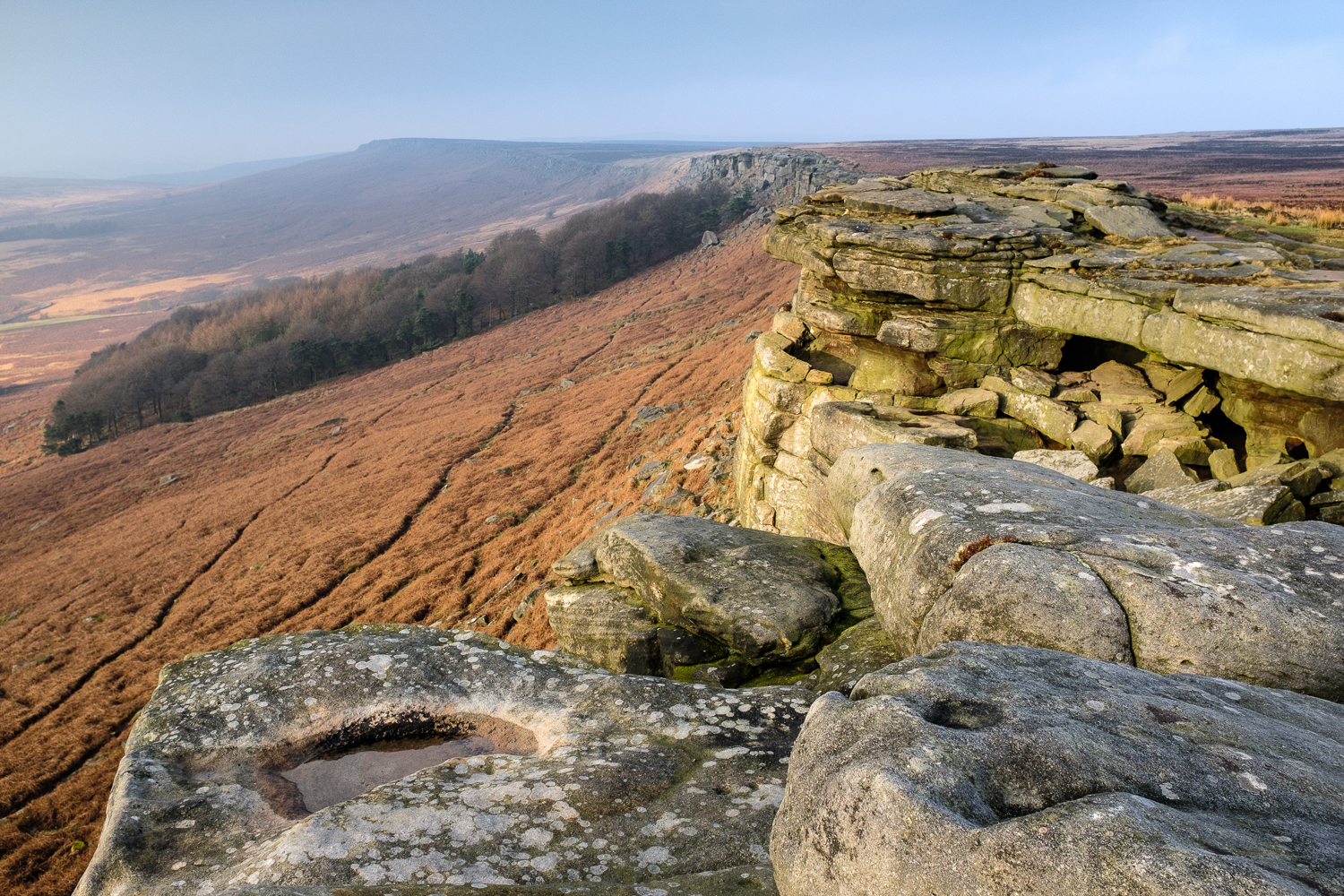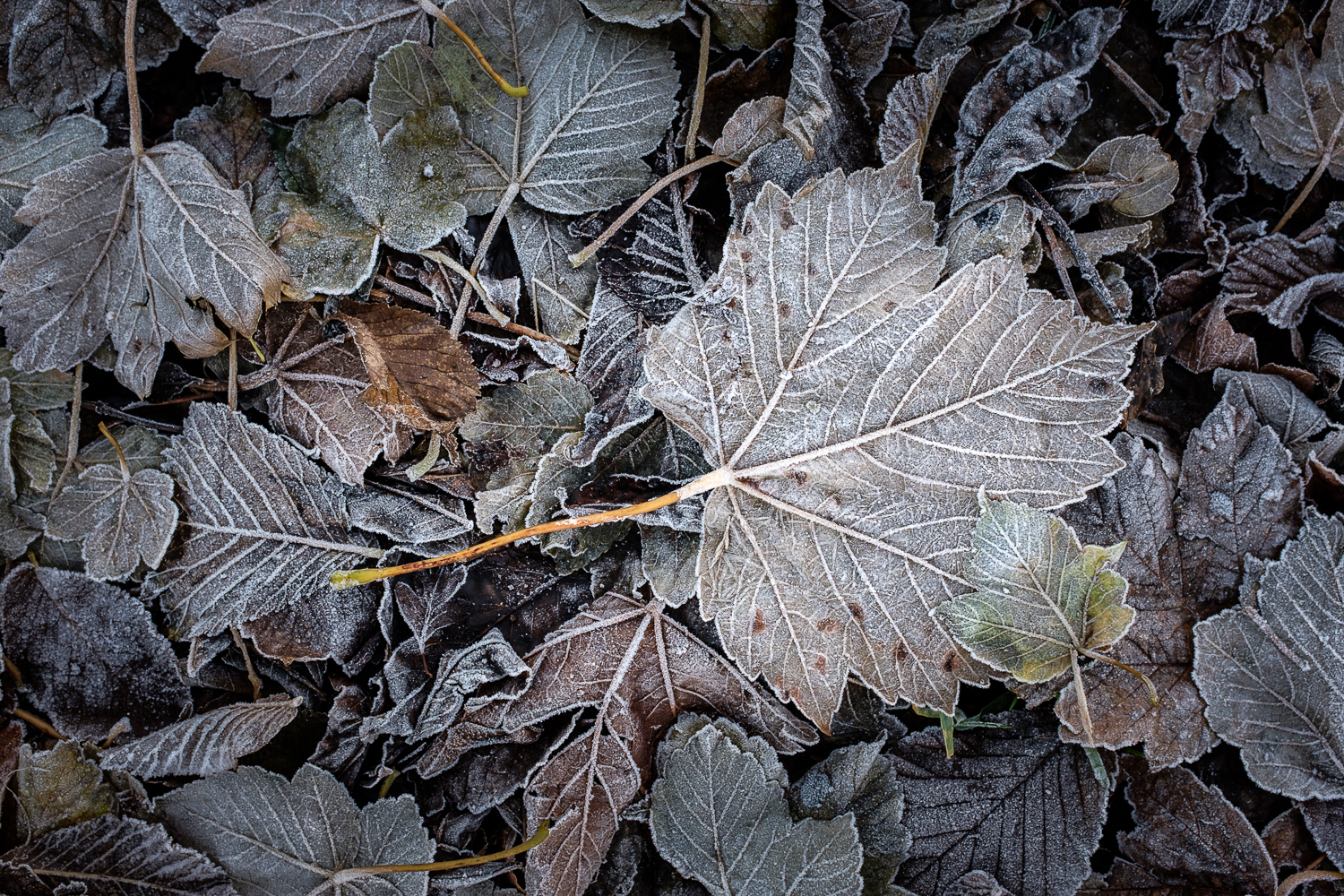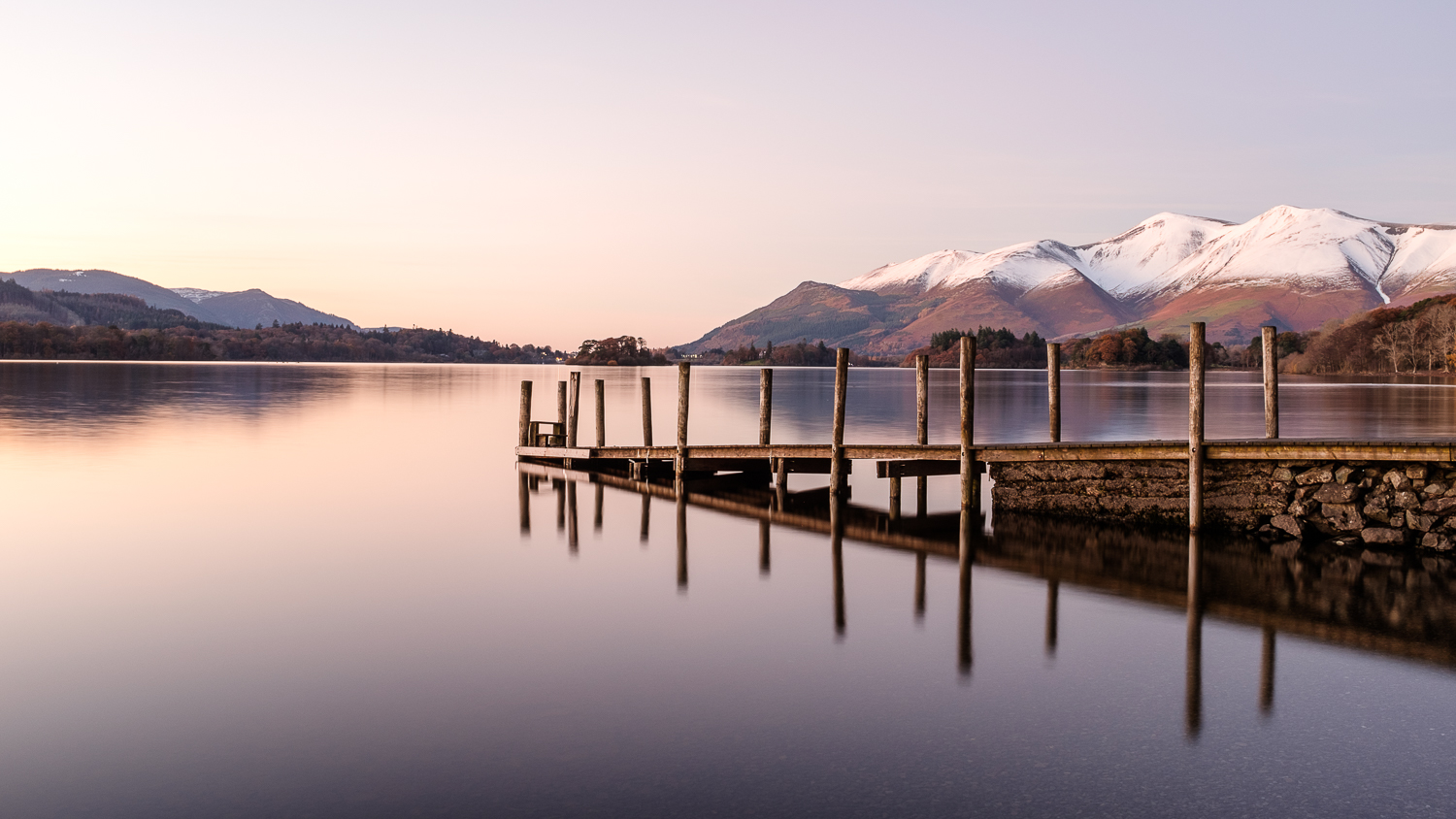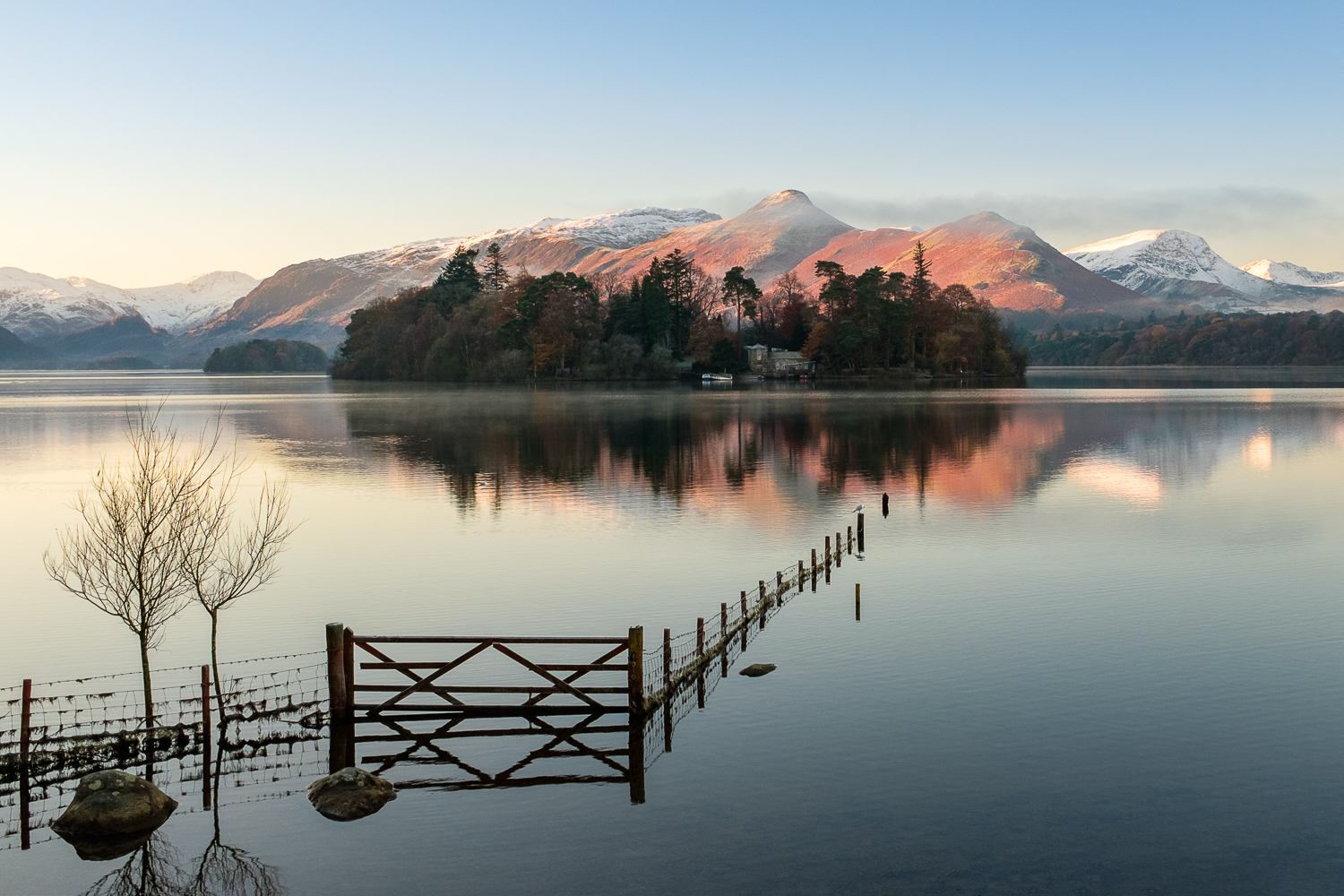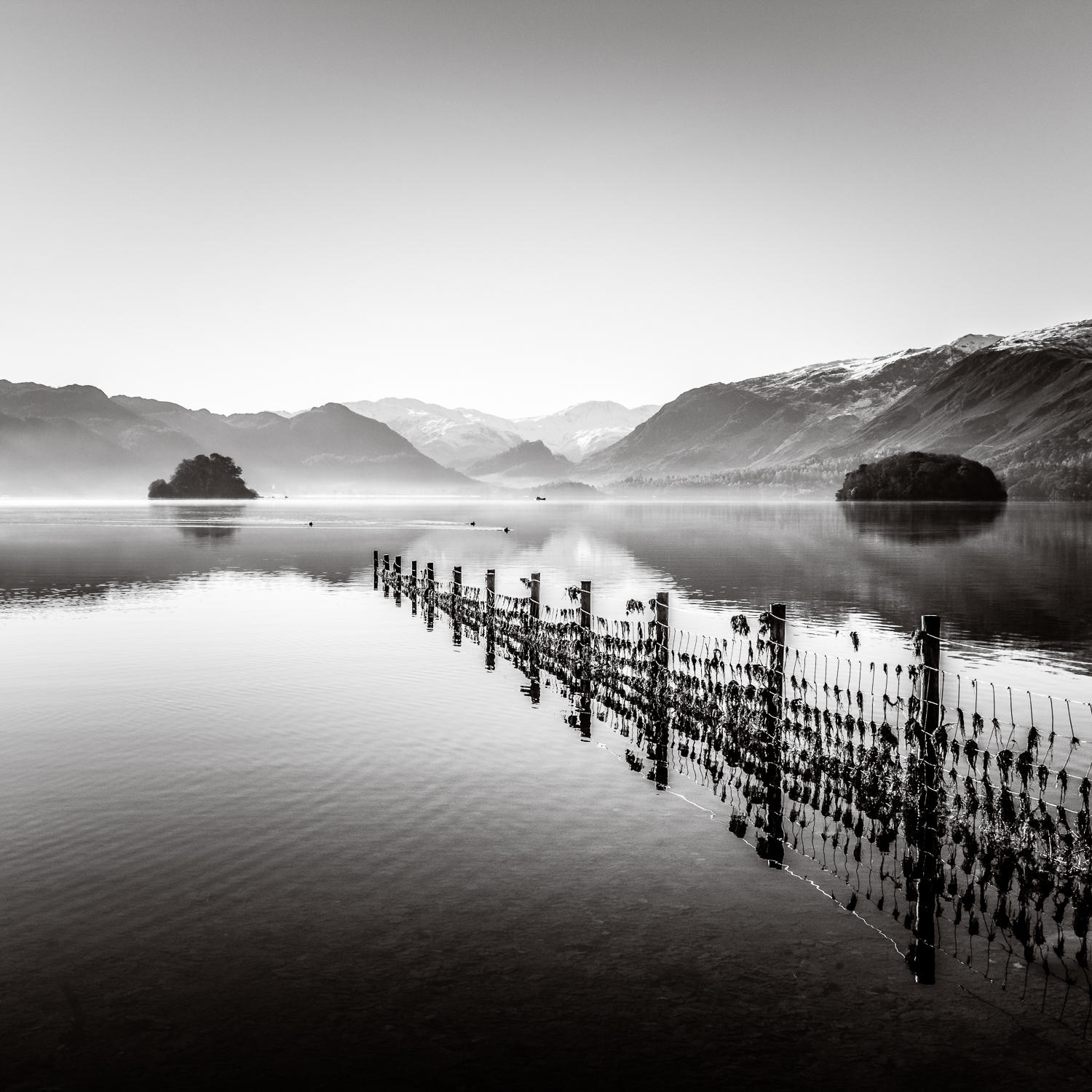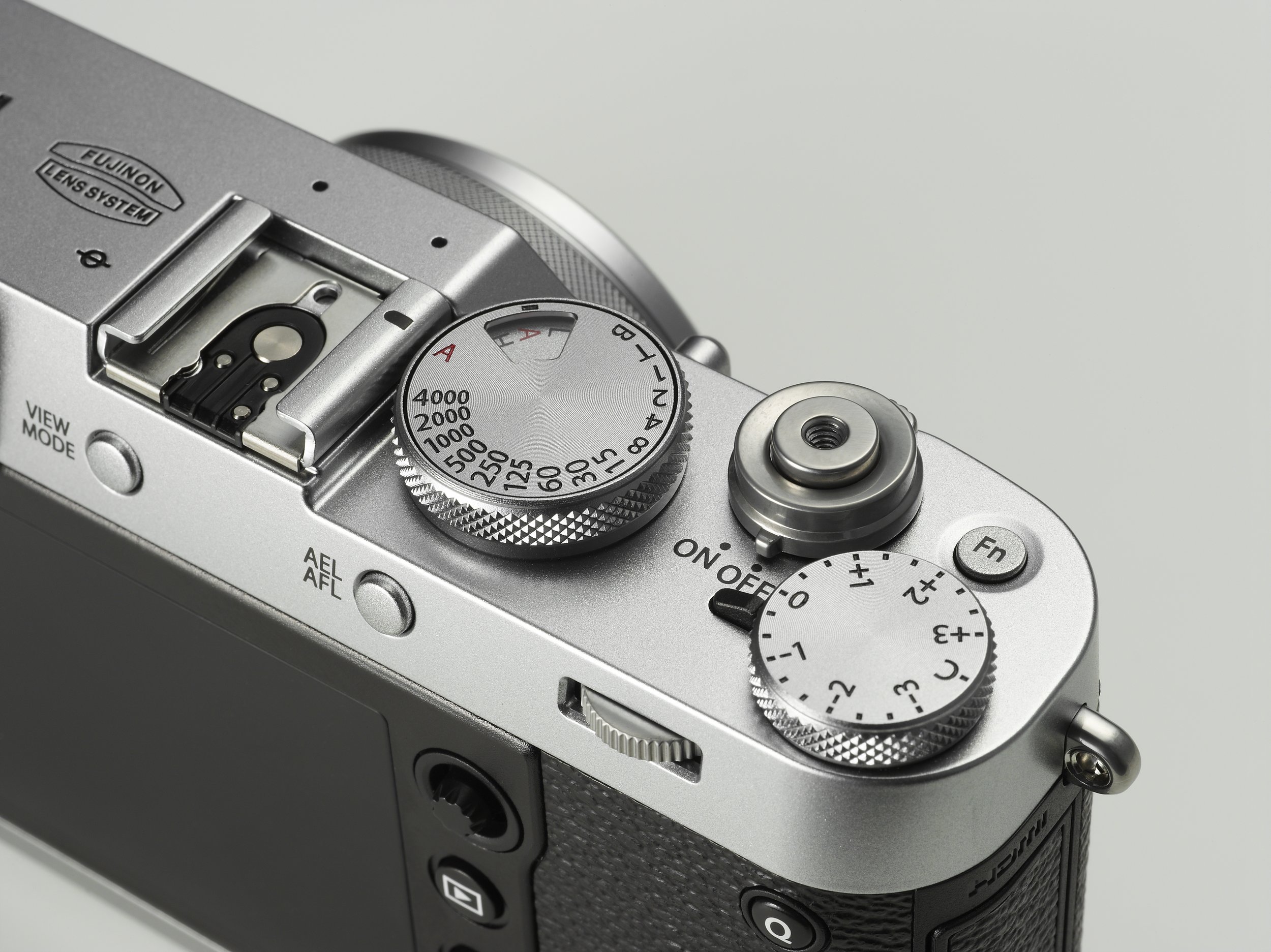Six years ago the Fujifilm X100 was launched into a world of DSLR’s. This “new kid on the block” was not only a bold, exciting innovation in its own right, it was the embryo for the incredibly successful range of Fuji X Series cameras that we see today.
Beautiful retro design, compact and delivering stunning image quality that had a wonderful filmic feel it’s no wonder that the X100 was so popular, attracting an army of devotees. Here was a camera company that had listened to the needs of photographers and delivered exactly what they were asking for, a successful strategy that Fujifilm has continued to this day.
Roll on six years and Fujifilm has now launched it’s fourth generation model, the X100F. Retaining the same gorgeous design principles it’s a fusion of retro, classic good looks incorporating modern hi-tech, intuitive to handle and produces that legendary image quality.
User Review
This review is not intended to be a full technical overview of every feature, there are plenty of other sites that will give you this, but more of my impressions after using this camera for a few weeks.
Now I should point out here that I use a Fuji XT2 and XPro2 as my main cameras and that I’m a committed zoomer! As a travel and landscape photographer I prefer the flexibility of zoom lenses in most situations. So when Fuji asked me to be part of the test team for a fixed lens camera I was intrigued to see how I would find the experience.
The first thing that struck me was the simplicity. A small lightweight camera that, reassuringly, had many of my favourite features from my other X Series cameras. Now moving from a DSLR to a Fuji system I was well accustomed to the benefits of a smaller, lighter more portable system but this camera took things to another level. I could go out with this in my pocket and a spare battery or two and just enjoy my photography.
I believe that successful photography is about eliminating the variables and one of the most important questions when we are photographing a subject is which lens do I use. With just three lenses in my bag I typically have a choice from 15mm – 300mm (full frame equivalent), a daunting prospect and one which can be confusing and result in missing pictures simply because of the options available. On the flipside working with a prime lens, or in this case a fixed lens, forces you to work with what you’ve got to create compelling compositions. It’s really a question of a mindset change, to think what shots is this lens great for rather than which shots are not possible. When you make that change and work with one focal length it really opens up the creative options and helps you develop as a photographer.
The 23mm focal length (35mm full frame equivalent), gives a similar field of view to our own eyes, so it’s a great general purpose lens, not too wide and not too long. If you want a closer or wider view then you need to use your feet! During my test I used this camera mainly for shooting landscapes so tended to use apertures of f5.6 – f11 and the lens produced crisp, sharp images with good colour rendition.
Favourite Features
The X100F incorporates the heritage of the X100 series and the best of the latest Fujifilm cameras. The clean, simple layout is so easy and intuitive to use with the main controls of aperture, exposure compensation and a new combined shutter speed / ISO dial all easily accessible and controllable - just like an old film camera! To change the ISO you pull up the shutter speed dial and turn though I did find this a little fiddly and it was impossible to do this whilst wearing gloves.
The X100F features the latest APSC CMOS X-Trans III 24mp sensor, the same as in the XT2/XP2, and X-Processor Pro high-speed image processing engine to deliver outstanding colour reproduction and image quality that easily produces A2 sized prints.
The Advanced Hybrid Viewfinder offers Optical (OVF) or a bright Electronic Viewfinder (EVF) with 100% coverage and like other Fujifilm X Series cameras the “what you see is what you get” functionality is awesome. You can instantly switch between the two by moving the Viewfinder selector lever on the front of the body. You can now change the magnification of the electronic rangefinder, shown in a small window as EVF at the bottom right corner of the optical viewfinder, for greater accuracy when checking the focus. Although I prefer the electronic viewfinder many street and social documentary photographers will favour the optical viewfinder with manual focusing screen which saves some battery power too!
The LCD screen is bright and the information can be tailored to individual needs. I would have loved to have seen the camera incorporate a flip out screen as this is a feature I use a lot to capture creative compositions especially low viewpoints and I’m sure that it would have been welcomed by many street photographers too.
The AF system has been significantly improved with the number of focusing points increasing from 49 in previous models to 91 (up to 325 points). Approx. 40% of the imaging area (centre area containing 49 focusing points) is covered with phase detection AF pixels to form a fast and precise phase detection AF area that can be used in a variety of scenes. The X100F has an enhanced ability to autofocus on points of light, low-contrast objects and subjects with fine and delicate textures such as bird feathers and animal fur, which have been the weakness of phase detection AF. The performance of contrast detection AF, covering approx. 85% of the imaging area, has also been improved. The data read speed has been doubled compared to previous models to achieve AF performance of higher speed and precision. Accurate focusing is obtained even in low light conditions to -3EV.
I was delighted to see the inclusion of the AF joystick, inherited from the XP2 and XT2, as it makes shooting so much faster. Those upgrading from the earlier X100 models will love this feature too. The X100F offers AF-S for stationary subjects and AF-C for moving subjects. For both of these options, you can choose either “Single Point” or “Zone” mode for the type of focus area, as well as the “Wide / Tracking” mode, in which the camera automatically selects multiple areas for focusing. In the Single Point and Zone modes, you use the Focus joystick and rear wheel to instantaneously change the location and size of focus areas. When shooting landscapes I often use Manual focus and find the MF Assist Option of Focus Peaking with Red Highlights invaluable in confirming that critical front to back sharpness.
The standard ISO range is expanded to 200-12,800 and the Auto ISO options, now with 3 user preset options, is perfect for shooting a variety of situations. I have mine set for landscape, street and interiors.
One of my favourite features, again imported from the XT2 / XP2, is the Custom Exposure Compensation. Enabled via “C” on the compensation dial it provides +/- 5 stops of exposure compensation which can be simply dialled in using the front wheel, perfect for fine tuning your exposure quickly and easily.
Most people will use this camera handheld and, though there will be contrasting views as to whether a light camera is less prone to camera shake than a heavy one, the addition of image stabilisation in the next model would be a welcome feature.
Although I shoot primarily RAW images many will find the inclusion of the superb Acros Film Simulation mode, alongside the other popular styles, a real bonus. This mode offers smooth gradation, deep blacks and beautiful textures to create monochrome images that are much better than the standard Monochrome mode.
Another feature that can be very handy In high contrast situations is the ability to use the Extended Dynamic Range function to avoid overexposing the highlights.
For more creative shots the built in 3 stop Neutral Density filter is really useful for allowing wide apertures and minimum depth of field in bright conditions or for slowing the shutter to introduce creative motion effects to your shots, perfect for moving clouds or water.
The ability to immediately transfer images to your phone or tablet via the Fujifilm app, process and upload to social media is sure to be one of the most popular features on this camera.
One point to mention on batteries, the X100F now uses the NPW126S batteries which is a bonus if you own an XE, P or T camera though not if you expected to be able to use your old X100 batteries.
If Fuji want to earn more brownie points then the inclusion of a lens hood with the next incarnation would be seen as a positive, especially as the official Fuji version is pretty expensive.
In Summary
The X100 series has a legion of supporters and is a firm favourite for street photographers where the discreet form factor allows you to blend in to the scene avoiding interest when capturing your images. However it also earns its place in the bag of travel and landscape photographers, especially those for whom weight is a critical factor.
The best camera is the one you have with you and if you want a classic to pop in your pocket and take anywhere, that’s a joy to use and be confident that it will deliver excellent results, then this is the camera for you.
Here is a video and selection of images from a great couple of days using a (pre-production) X100F in the Peak District.
